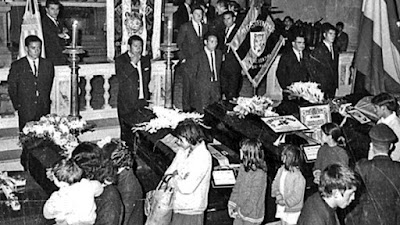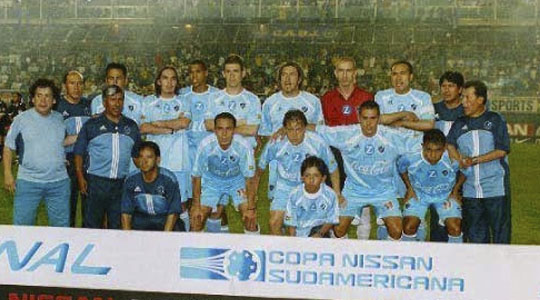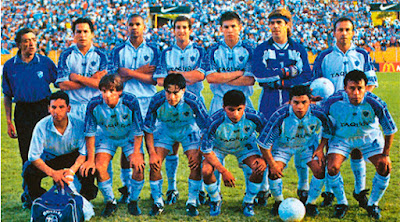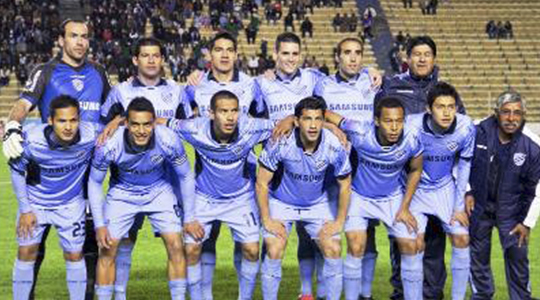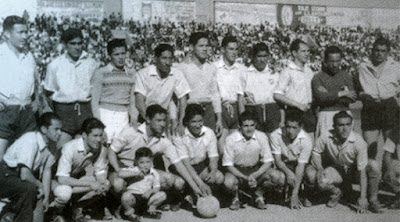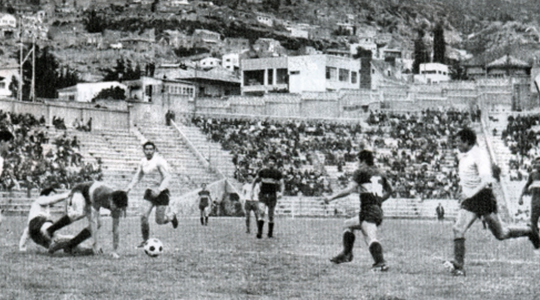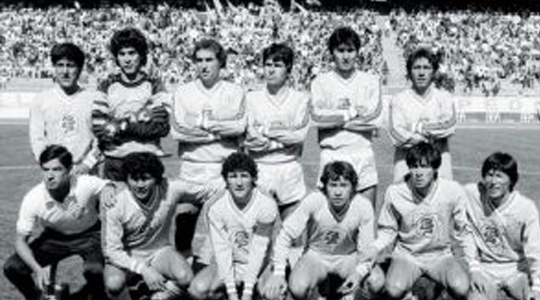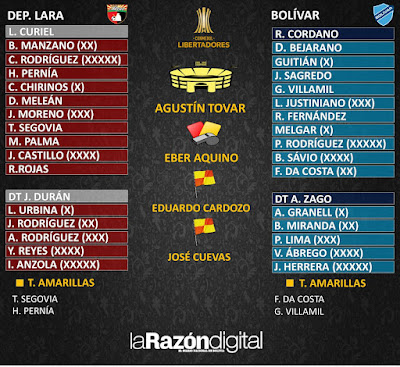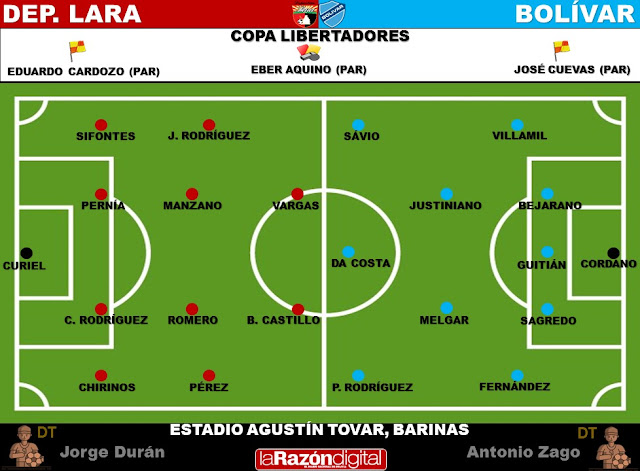Amateurism was born in Santa Cruz in 1917, a long ninety-three years ago and its first champion was Franco, being the runner-up the team called Mundial. Oriente Petrolero was born as a club -in the context of the Bolivian oil boom and the importance of Santa Cruz for YPFB's production- together with other "petroleros" such as Chaco Petrolero in La Paz, Petrolero in Cochabamba and Oeste Petrolero in Sucre. Its birth certificate dates back to November 5, 1955 by the hand of its first president Mr. Elmer Saucedo, fifty-five years ago. There is no doubt that of the saga of the 'petrolero' teams in Bolivia, Oriente is by far the most successful.
Once promoted to the first division of Santa Cruz soccer in 1957, it began its brilliant career.
A digression is in order here. It is often mentioned that everything prior to the Liga was amateurism, but this is not the case. Bolivian professional soccer (i.e. a spectacle with clubs that pay salaries to their players) was born on May 25, 1950. First in La Paz. In 1954 Oruro and Cochabamba entered professionalism. In 1965 Santa Cruz did so, followed by Sucre, Potosí, Tarija and Beni. The only department without professional soccer is Pando.
Just four years after its creation, Oriente was the Santa Cruz amateur champion in 1959 and also won the title in 1961, 1962 and 1964. Four times champion of Santa Cruz and once runner-up (1960).
Then came professionalism in local soccer. Santa Cruz played its first professional tournament in 1965, that year Destroyers was consecrated as the first Santa Cruz professional champion, but without any doubt Oriente became the most winning team in the Santa Cruz championship until the creation of the League. It was champion in 1967, 1969, 1970, 1971, 1971, 1972, 1973 and 1976. It is the only five-time champion of that stage of local professionalism. Seven Santa Cruz titles and as if that were not enough, it was runner-up three times in 1965, 1966 and 1975. As a result, Oriente did not win any awards in only two championships, 1968 and 1974.
After that, the albiverdes continued to win prizes in the Simón Bolívar National Championship. While professionalism had been limited to La Paz, Cochabamba and Oruro in the 1950-1959 period, the Simón Bolívar National Championship was created in 1960, bringing together teams from seven of the nine departments. In that national professional tournament, Oriente was the first team from Santa Cruz to win a national title, perhaps the most endearing in its history, that of 1971, which inaugurated its fundamental role as one of the great Bolivian teams of all time. That title, which ironically it disputed until the end against another oil team, Chaco de La Paz (which was runner-up), was won with outstanding figures such as Miguel Antelo himself, its current and successful president, Ladislao Jiménez, Jorge Campos, Rolando Justiniano, René Domingo Taritolay, Dedé and Toninho, among others. Of the Bolivian players who were part of the team, many were stars of our national team in the seventies. But at that time they also won two national sub-championships, in 1972 and 1976.
Once in the League, Oriente was the protagonist of 15 tournaments. Here we enter the 'official history'. Oriente was champion in 1979, 1990, 2001 and twice in 2010. If '71 was the sweetest moment, '77 was probably the most bitter. It was the first year of the League and in a final in Cochabamba they lost the first league title to The Strongest by 3 to 1, it was the Tigre of Jorge Carlos Lattini and Ovidio Mezza....
But what few remember is that the Albiverdes have achieved no less than twelve runner-up finishes, the aforementioned 1977 and those of 1984, 1986, 1987, 1987, 1989, 1996, 1997, 2000, 2002, 2004, 2007 Apertura and 2010 Apertura.
Curiously, because of those incomprehensible things that the League has, the refinery team has a title that nobody knows if it is official or not for this computation, the so-called Winter Championship of 2010, which would be good to know what formal category the League gives it in the history of its championships. In my opinion it should be computed among its official titles.
This adds up to five league titles (one that is in "limbo") and twelve subtitles.



